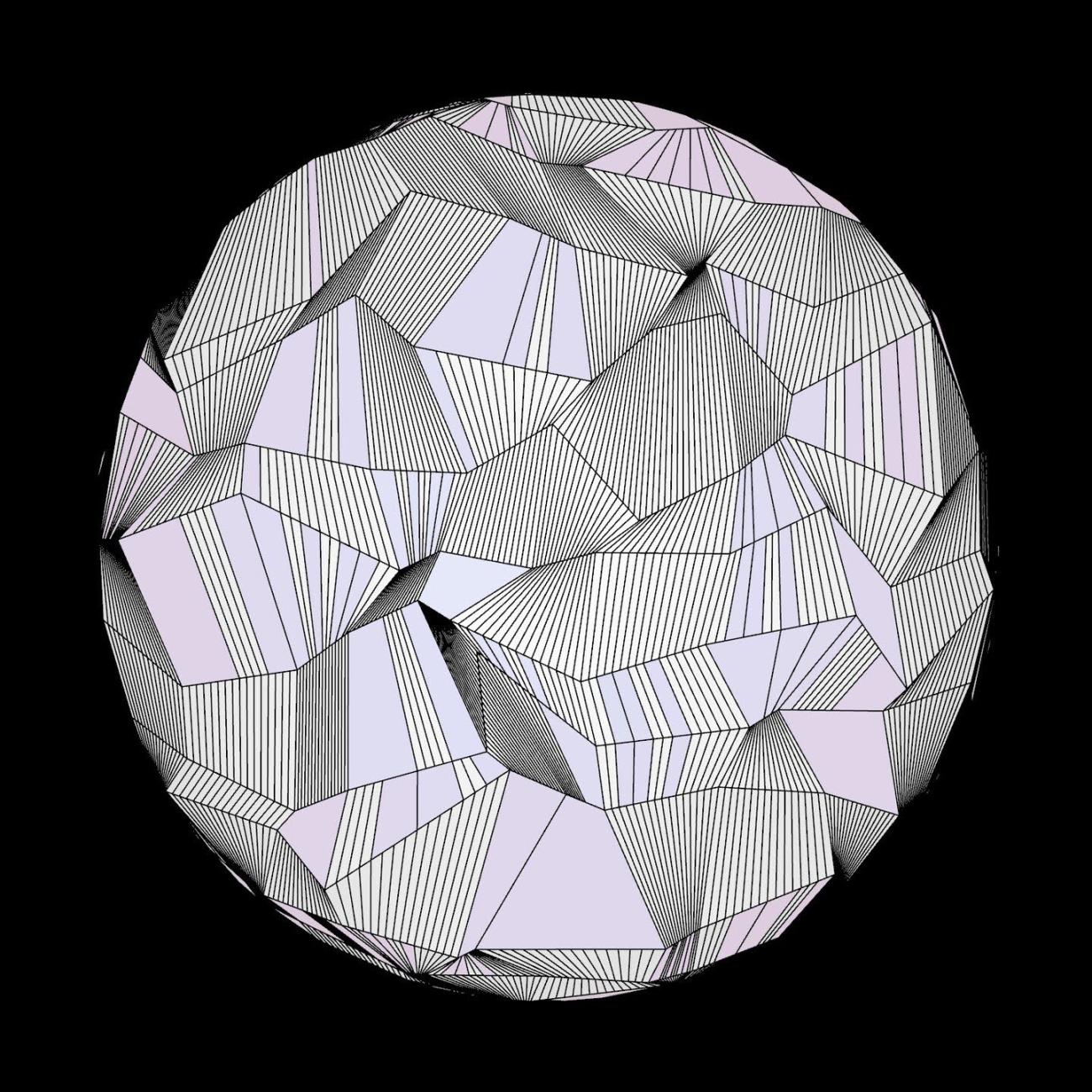
In the bustling, innovative cityscape of near-future Austin, the architectural landscape is marked by the towering green structures of ReLeaf - an eco-visionary company at the forefront of urban greening. With their revolutionary vertical gardens, ReLeaf offers not just an aesthetically appealing solution to urban sprawl, but also a practical means to address mounting environmental concerns. Now, they're taking sustainability one step further by introducing an inventive use for discarded fabric: repurposing it as wicks in their vertical gardens.
ReLeaf's vertical gardens, or 'green towers', have become a defining feature of Austin's cityscape. Each modular skyscraper teems with lush greenery, offering an urban sanctuary for a variety of flora. In a recent bid to enhance their eco-credentials, ReLeaf has now turned to an unexpected resource – discarded fabric.
Across the globe, textile waste has become a pressing issue. Every year, textiles generate 21 billion pounds of waste that goes into landfills. Numerous initiatives have emerged to tackle this growing problem. Among them is FABSCRAP, a textile recycling nonprofit co-founded by Camille Tagle. Through meticulous sorting and handling, FABSCRAP diverts fabric waste from landfills, either by downcycling or giving the fabric a new life.
Inspired by such efforts, ReLeaf has taken a leaf from FABSCRAP's book. The urban greening company is now leveraging discarded fabric as wicks in their vertical gardens, aligning their innovative design approach with a commitment to sustainability. This new practice allows ReLeaf to not only reduce fabric waste but also to optimize their vertical garden systems.
Using fabric as a wick in vertical gardens is a novel, yet effective approach. When submerged in a nutrient-rich water reservoir, the fabric wicks absorb water and deliver it to the plants, ensuring a constant supply of hydration and nutrients. The use of fabric, especially dense textiles like cotton or terry cloth, is ideal for this process. These materials possess excellent water-retaining properties, drawing up moisture through capillary action and holding it for a long time.
But how does ReLeaf source the fabric? Through partnerships with local businesses and textile recycling organizations, ReLeaf gathers unwanted, discarded fabric, which otherwise would have ended up in landfills. The fabric is cleaned and cut into strips, before being incorporated into the vertical gardens as wicks.
By introducing discarded fabric as a component of their vertical gardens, ReLeaf demonstrates that ecological and urban innovation can go hand-in-hand. This ingenious solution marries the benefits of vertical farming with the urgent need for waste reduction, resulting in an efficient, sustainable, and aesthetically pleasing approach to urban greening.
In Austin's near future, these fabric wick vertical gardens don't just breathe new life into the city – they're a testament to the power of sustainable innovation. With each vertical garden built, ReLeaf strengthens its commitment to greening our urban spaces, one fabric strip at a time.